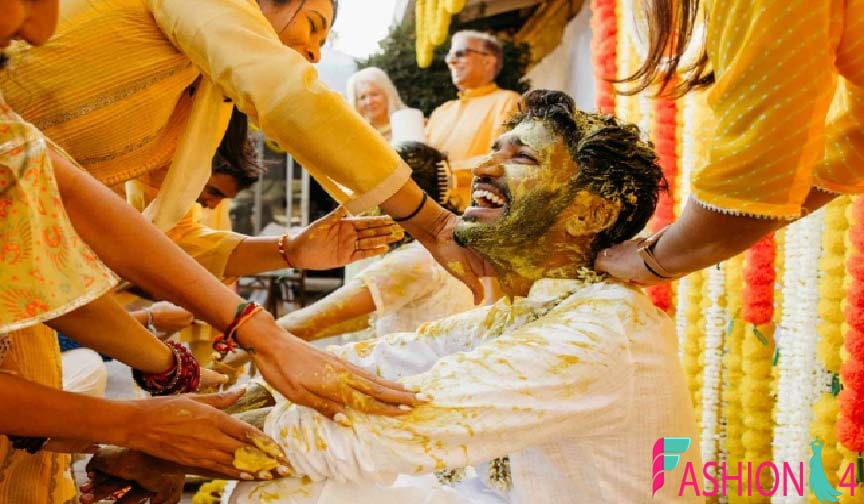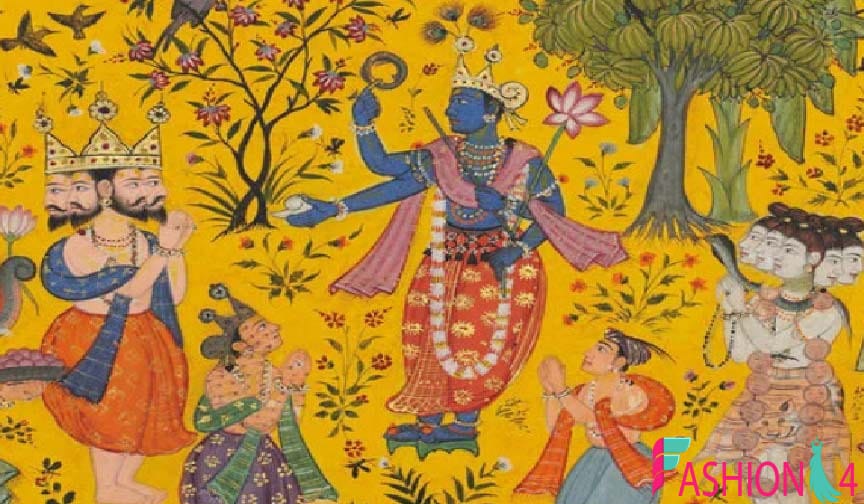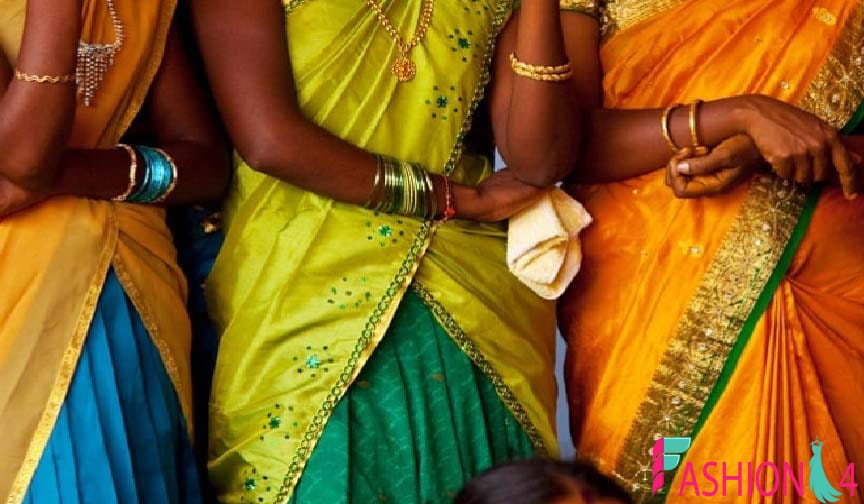
Indian Yellow is one of the most fascinating and historic pigments in the world of art and design. Have you ever wondered about the origin and characteristics of this mysterious shade? Why does it stand out among the countless colors we encounter every day? Let’s dive into the vibrant world of Indian Yellow, unravel its history, and discover how it captivates artists and viewers alike.
Introduction
Indian Yellow—doesn’t it sound like a color straight out of a dream? Warm, golden, and radiant, this shade has a charm that’s hard to ignore. It’s not just a color; it’s a story that traces back centuries, connecting cultures, art, and a little bit of mystery. In this article, we’ll explore the answer to the question, “What color in Indian Yellow?” and journey through its origins, uses, and how it continues to inspire creativity today. Are you ready to be enchanted by the golden glow?
Professional Bio Table: The Facts of Indian Yellow
| Characteristic | Details | Significance |
|---|---|---|
| Color Family | Yellow, golden tones | Warm and vibrant tones for art and design |
| Historical Origin | 15th-16th century, Mughal India | Beloved by Indian and European artists |
| Chemical Composition | Magnesium euxanthate | Creates the characteristic luminescent effect |
| Natural Source | Derived from cow urine (historically) | Unique organic production process |
| Cultural Relevance | Used in Indian miniature paintings | Holds a significant place in cultural heritage |
| Modern Production | Synthetic alternatives in use | Safe and eco-friendly options available |
| Texture and Finish | Smooth and radiant | Ideal for blending and glazing in paintings |
| Lightfastness | Excellent lightfast qualities | Long-lasting vibrancy for artworks |
| Usage in Art | Popular in watercolors, oil paints, and acrylics | Widely used in landscapes and portraits |
| Symbolism | Energy, warmth, and positivity | Adds emotional depth to artwork |
What Exactly Is Indian Yellow?
Indian Yellow is a color that exudes warmth, depth, and an almost otherworldly glow. It falls within the yellow spectrum, leaning towards a golden or slightly orange hue. Imagine the rich glow of the setting sun or the warm embrace of autumn leaves—that’s the magic of Indian Yellow!
A Color Born from Nature
Historically, Indian Yellow was derived from the urine of cows fed exclusively on mango leaves. While this might sound peculiar, the process resulted in a pigment so vibrant and luminous that it was worth the effort. Artists cherished its unique qualities, particularly its ability to add depth and brilliance to their creations.
The History of Indian Yellow

Roots in Mughal India
The origins of Indian Yellow trace back to Mughal India, where it became a staple in miniature paintings. Its glowing, golden tones were ideal for depicting intricate details in royal portraits, landscapes, and religious art. Artists loved how it seemed to radiate light from within.
Adoption by European Masters
By the 18th century, Indian Yellow had made its way to Europe. Renowned painters like J.M.W. Turner embraced the pigment for its unmatched brilliance. It became synonymous with the Romanticism movement, adding an ethereal quality to landscapes and skies.
Why Is Indian Yellow So Special?
Unique Luminous Quality
Indian Yellow stands apart for its transparency and radiance. When applied to canvas, it creates a glowing effect that can’t be replicated easily. Whether used in watercolors, oils, or acrylics, it blends seamlessly, creating stunning transitions.
Versatility in Art
This pigment is highly versatile. Need to depict the warmth of a sunny day? Or perhaps the glow of candlelight in a dimly lit room? Indian Yellow delivers every time, making it a favorite among artists of all genres.
Modern-Day Indian Yellow
Synthetic Alternatives
While the original production process for Indian Yellow is no longer in use (due to ethical and environmental concerns), synthetic alternatives have been developed. These versions retain the color’s essence while being safe and eco-friendly.
Popular Applications
Indian Yellow is still widely used in modern art. It’s a go-to choice for creating vibrant sunsets, radiant highlights, and the golden undertones in portraits.
The Symbolism of Indian Yellow

Indian Yellow is more than just a pigment—it’s an emotion. It symbolizes energy, warmth, and positivity. Using this color in art can evoke feelings of joy and comfort, much like the golden hour of the day.
FAQs About Indian Yellow
1. What is Indian Yellow made of today?
Modern Indian Yellow is made from synthetic pigments that replicate its original vibrancy and warmth, ensuring ethical and sustainable production.
2. Why is Indian Yellow famous among artists?
Artists love Indian Yellow for its glowing quality, smooth texture, and versatility. It’s perfect for creating warm, luminous effects in paintings.
3. Is Indian Yellow still used in miniature paintings?
While synthetic versions are available, Indian Yellow remains a popular choice for miniature paintings, preserving its historical significance.
4. How does Indian Yellow compare to other yellow pigments?
Indian Yellow has a unique golden warmth that sets it apart from cooler yellows like Cadmium Yellow or Lemon Yellow. It’s more transparent, making it ideal for layering.
5. Can Indian Yellow be mixed with other colors?
Absolutely! Indian Yellow mixes beautifully with reds, oranges, and even blues, creating a range of vibrant and earthy tones.
Conclusion
Indian Yellow is a color that tells a story—a story of art, culture, and the ingenuity of early pigment production. From its humble beginnings in Mughal India to its continued use in modern art, it remains a timeless symbol of warmth and creativity. So, the next time you see a golden glow in a painting, you might just be witnessing the magic of Indian Yellow. Isn’t that something worth appreciating?
MORE VISIT, Fashion4

